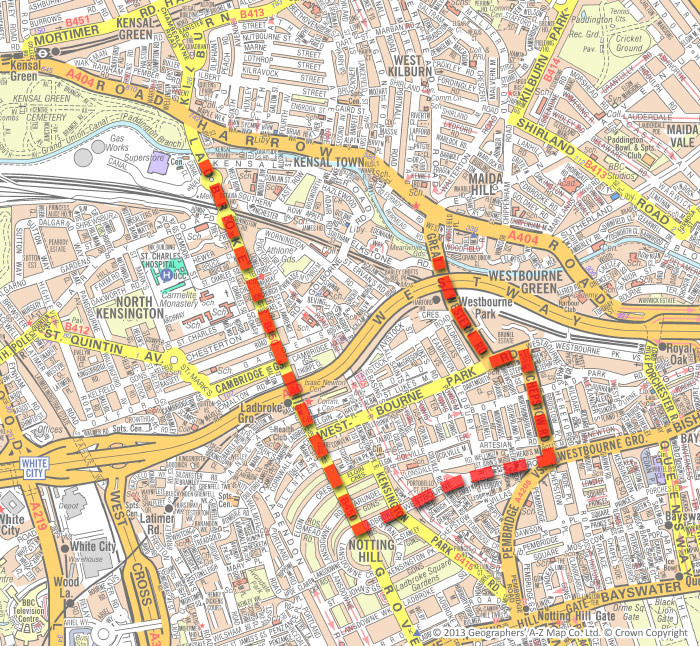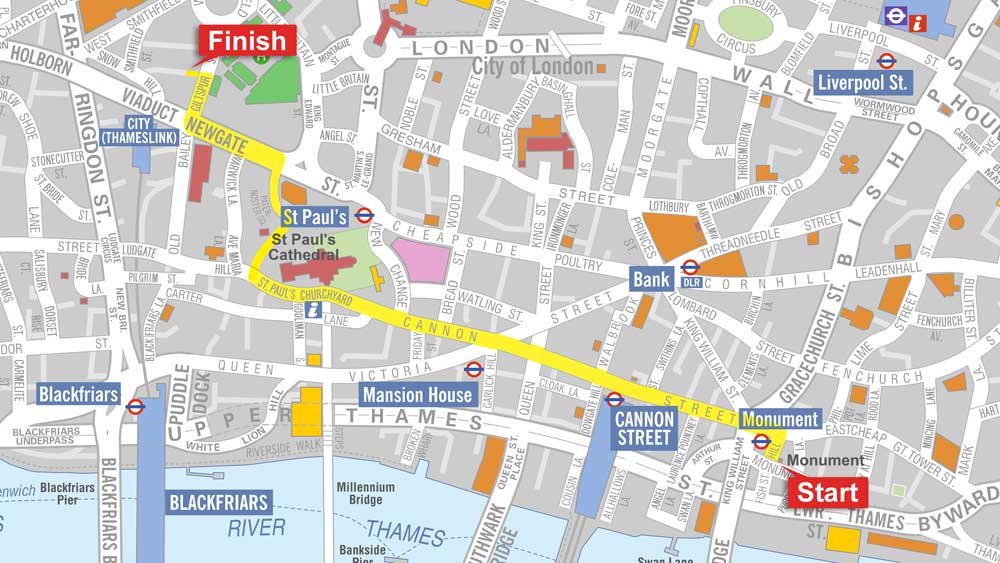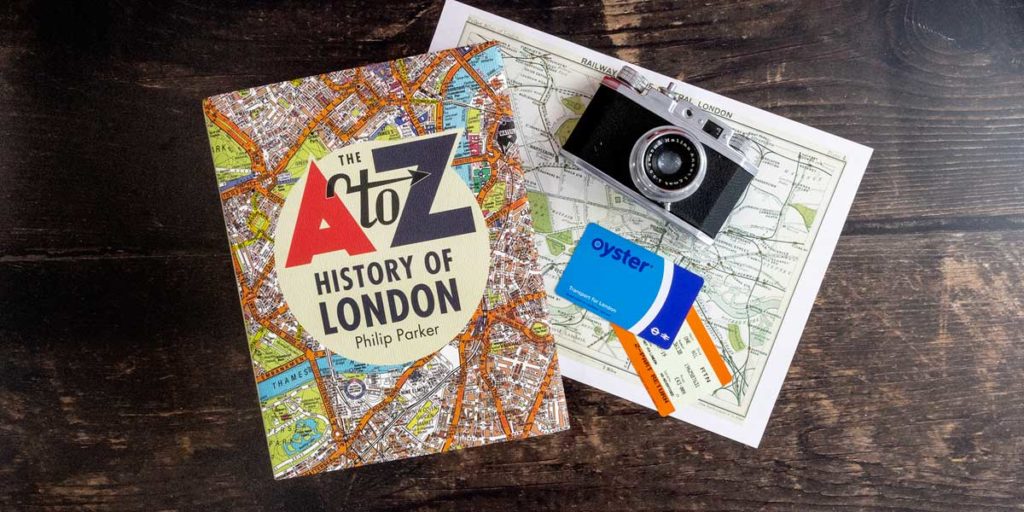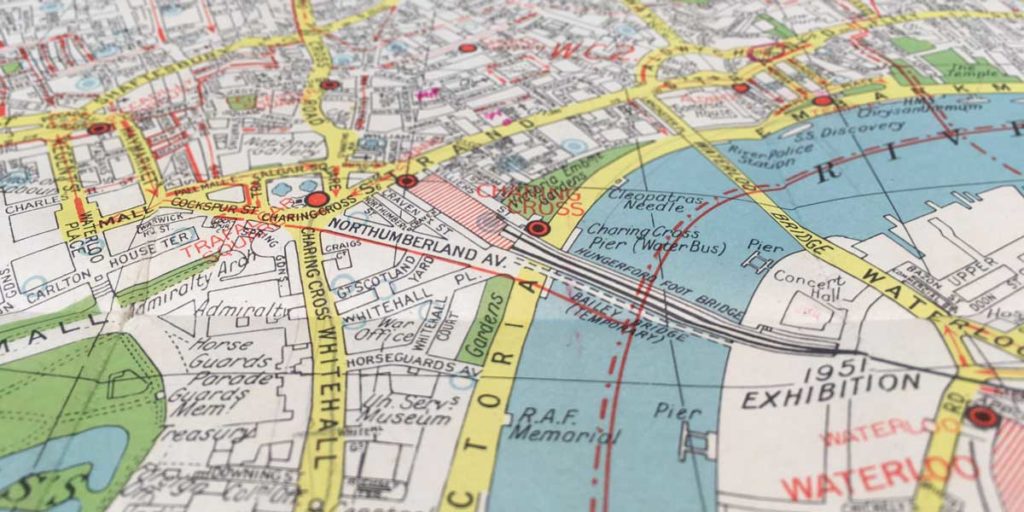Every August bank holiday West London is home to the largest street festival in Europe, the Notting Hill Carnival. The carnival’s origins stem from celebrations in the Caribbean marking the end of the slave trade in the 19th century. These celebrations were eventually brought to Afro-Caribbean communities living in London, as a way to celebrate the unique cultures and traditions. Around 500 people attended the Notting Hill Carnival in its first year in 1964. Today, it’s a melting pot of cultural diversity from across the globe, attracting around 2.5 million spectators and 50,000 performers!
What to expect
The carnival network would stretch out to 20 miles of the very best Caribbean culture, set against a pleasant West London backdrop. Expect an abundance of colour and rhythm as vibrant floats and energetic performers meander the streets, whilst arenas broadcast traditional and modern music to the masses. Historically, steel band, Soca and Calypso music has been performed in these arenas. More recently, over 40 static sound systems located around the carnival have enabled DJ’s to diversify the experience, playing music from a number of genres, including Samba and Latin Jazz. There are five arenas around the carnival, each catering to the different styles of music.
A carnival wouldn’t be complete without the great flavours of the traditional cuisine. The tastes of authentic Jamaican jerk chicken, spiced tropical fruits and fried plantain are amongst the many Afro-Caribbean delicacies available from stalls across the area.
The carnival route
The Notting Hill Carnival parade route begins on Great Western Road, continues down Chepstow Road and then swings onto Westbourne Grove. The final stretch of the route heads back up Ladbroke Grove, ending just before Harrow Road. We’ve drawn the route onto a sample of London A-Z mapping to help you out.
How to get there
Public transport is often the easiest way to get around London and this does not change for travel to and from the Notting Hill Carnival. Most of the roads around the area are for pedestrian use only, so whilst you can take a bus, it might be quicker to travel by tube. There are many tube stations you can use to access the carnival. Westbourne Park station is right in the centre of all the action and because of this, it can get very congested. Taking this into consideration, it is probably best to use Latimer Road, Holland Park, Notting Hill Gate and Bayswater tube stations, which are slightly further out but will be more efficient.
More Info
Notting Hill Carnival Official Website




